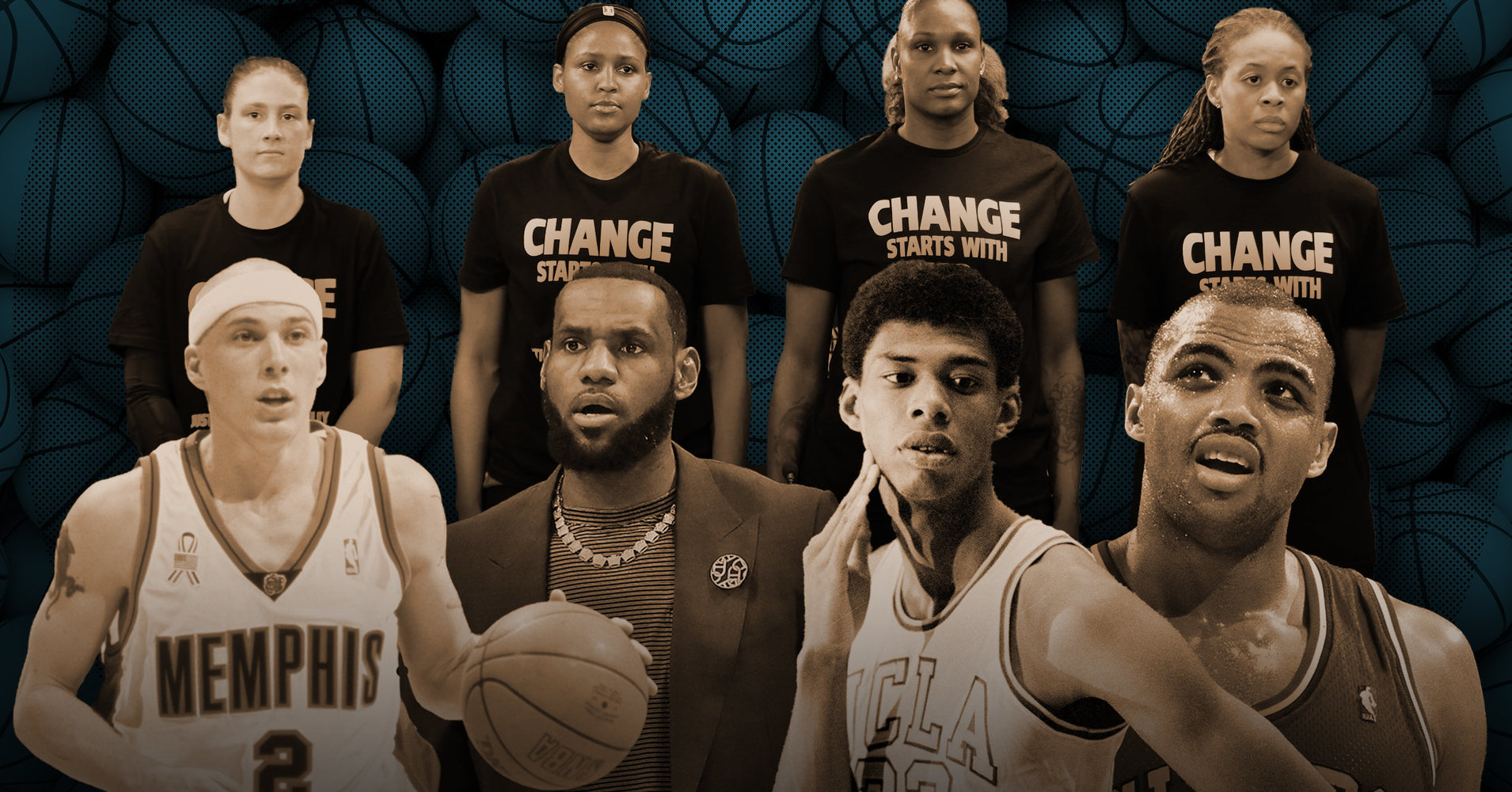[ad_1]
In 1892, James Naismith officially debuted the game of basketball. Naismith, then a teacher at the YMCA Training School in Springfield, Massachusetts, had invented the game at the end of 1891, and on Jan. 15 the next year, he formally published the rules. In its earliest days, basketball was a pastime for his young students. But the game has evolved since Naismith nailed two empty peach baskets to opposite ends of the gym and lay the groundwork for one of the most popular sports in the world. Most notably, basketball took on a new life and look when it expanded beyond its segregated confines and into more diverse gymnasiums, where people of color and women were allowed to play and impart their own flair.
In the 127 years since basketball was invented, several hoops stars have left their mark on the game through sheer dominance; their command of the court required literal rule changes just to level the playing field for opponents. But in that time, others have influenced the game in less technical, more philosophical ways; these are people who may not have spurred a rule change, but whose presence in the sport forced us to reimagine what a basketball player looks like and what they mean to the broader public. To commemorate the 127th year of basketball’s existence, HuffPost compiled a list of some of the most memorable, influential and important “rule breakers” in basketball history. From the NCAA’s attempts to ban Kareem Abdul-Jabbar from dunking to the Minnesota Lynx’s public stance against police brutality, below are athletes who changed the look, feel or complexion of the game ― in some cases, literally.
Kareem Abdul-Jabbar
The Dunk Ban

ASSOCIATED PRESS
To opponents, Kareem Abdul-Jabbar was a literal nightmare. At a sturdy 7’2” and 225 pounds, Abdul-Jabbar (who then went by the name Lew Alcindor) was an unstoppable force, with the height and skill to dunk over virtually anyone with ease. When basketball was first created, Naismith envisioned that the game would be played largely beneath the rim. You’ve seen the videos: grainy vintage footage of gangly white men scurrying about.
But however endearing it may have been for people to watch a bunch of part-time accountants and grocers dribble gingerly with one hand, the eventual desegregation of basketball midcentury meant the sport was more or less fully integrated by the time the future Kareem Abdul-Jabbar was ready to play college ball in 1967, which meant one thing: total domination. After witnessing his first year of play, league officials thought his advantages were so glaring that they banned dunking for the rest of his time at UCLA. He wrote of the ban, “The dunk is one of basketball’s great crowd pleasers, and there is no good reason to give it up except that this and other niggers were running away with the sport.”
Dunking remained banned in college basketball through the 1976-77 NCAA season.
Sheryl Swoopes
First WNBA Signee
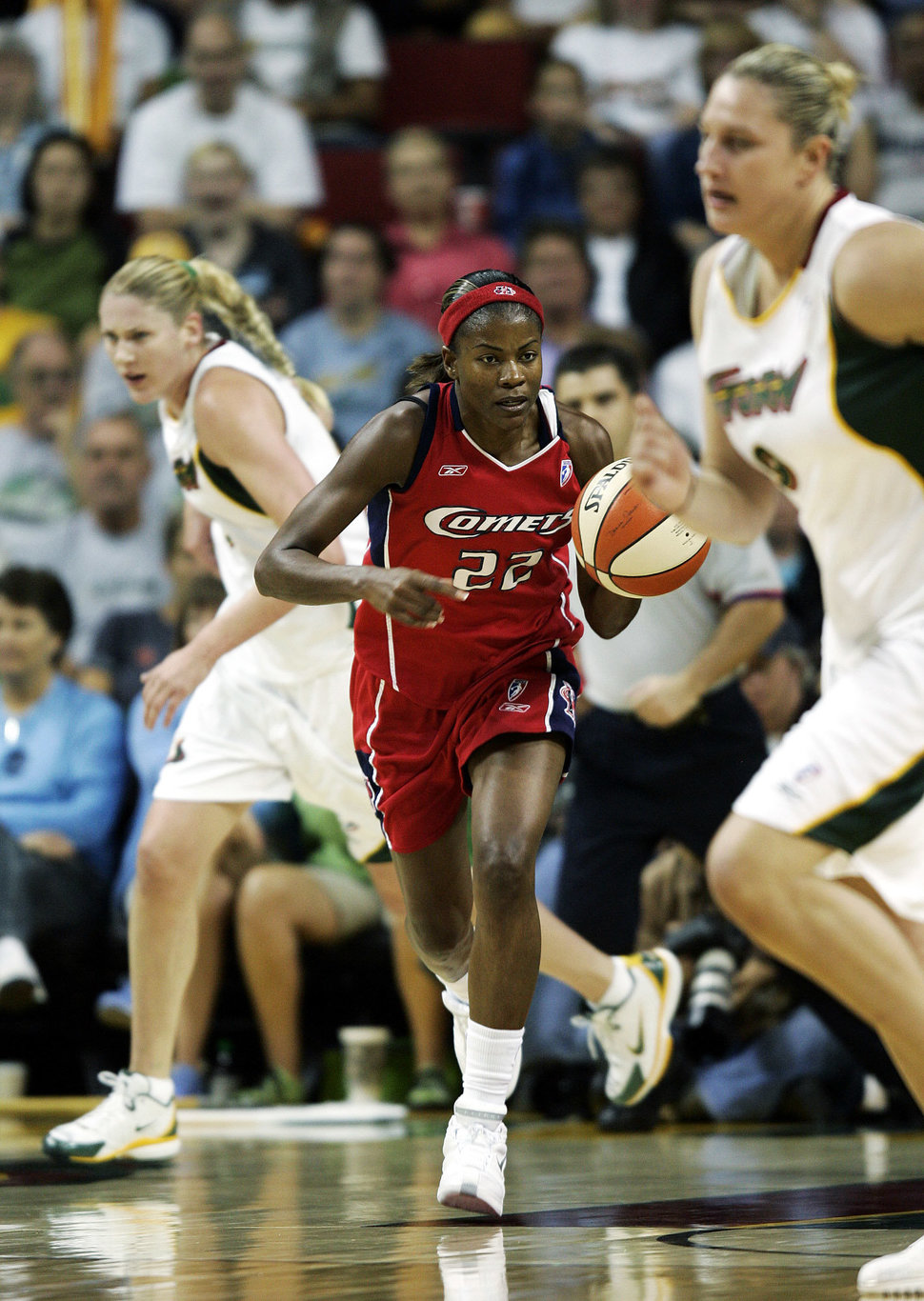
ASSOCIATED PRESS
Sheryl Swoopes’ trailblazing bona fides are well-documented, as she helped shepherd America’s premier women’s professional basketball league onto the national stage. After leading her Texas Tech Raiders to the NCAA championship in 1993, Swoopes continued her basketball career playing for Team USA in the 1994 world championships and the 1996 Olympics. In 1995, Nike released the “Air Swoopes,” marking the first ever women’s signature basketball shoe. And in 1996, the year the WNBA was officially formed, Swoopes signed the first ever contract with the league after being recruited to play for the Houston Comets. Swoopes averaged more than 15 points per game over her 10-year career with the Comets, and helped the team win the WNBA’s first four championships. She is widely regarded as one of the greatest WNBA players in the league’s history and has been inducted into the Naismith Basketball Hall of Fame and the WNBA Hall of Fame since retiring in 2011.
Oscar Robertson
NBA Free Agency
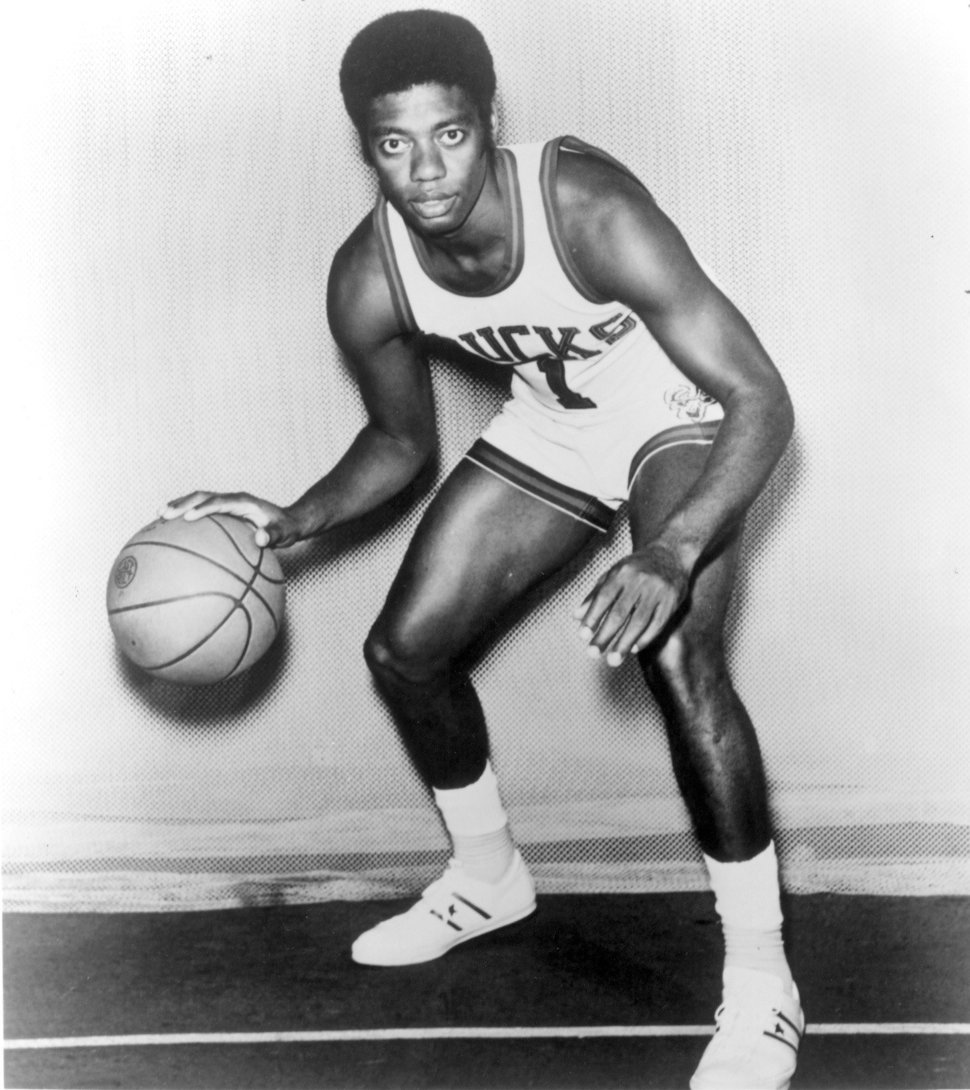
Sporting News Archive via Getty Images
“Big O” is most known for being the first NBA player to average a triple-double (the term used to describe a game where a player gets at least 10 points, 10 assists and 10 rebounds), but his greatest contribution to basketball came after a tense dispute he had with the NBA. In 1970, the NBA tried to merge with its competitor, the American Basketball Association (ABA). At the time, the NBA players were bound by “reserve clauses” in their contracts, which stated that players were required to stay with the teams that first signed them even after their contracts ended. This effectively gave team owners total power over where players played and what they were paid. With that in mind, NBA players saw a merger with the ABA as an attempt to remove their options to play elsewhere, and as president of the National Basketball Players Association, Oscar Robertson filed a lawsuit against the NBA. Robertson v. National Basketball Association (1970) was the landmark case that delayed the NBA-ABA merger until players were able to negotiate more freedom to choose where and for what price they worked. The settlement occurred in 1976. Robertson, who retired in 1974, never saw the benefits of free agency that were literally won in his name.
Jason Williams
“White Chocolate”
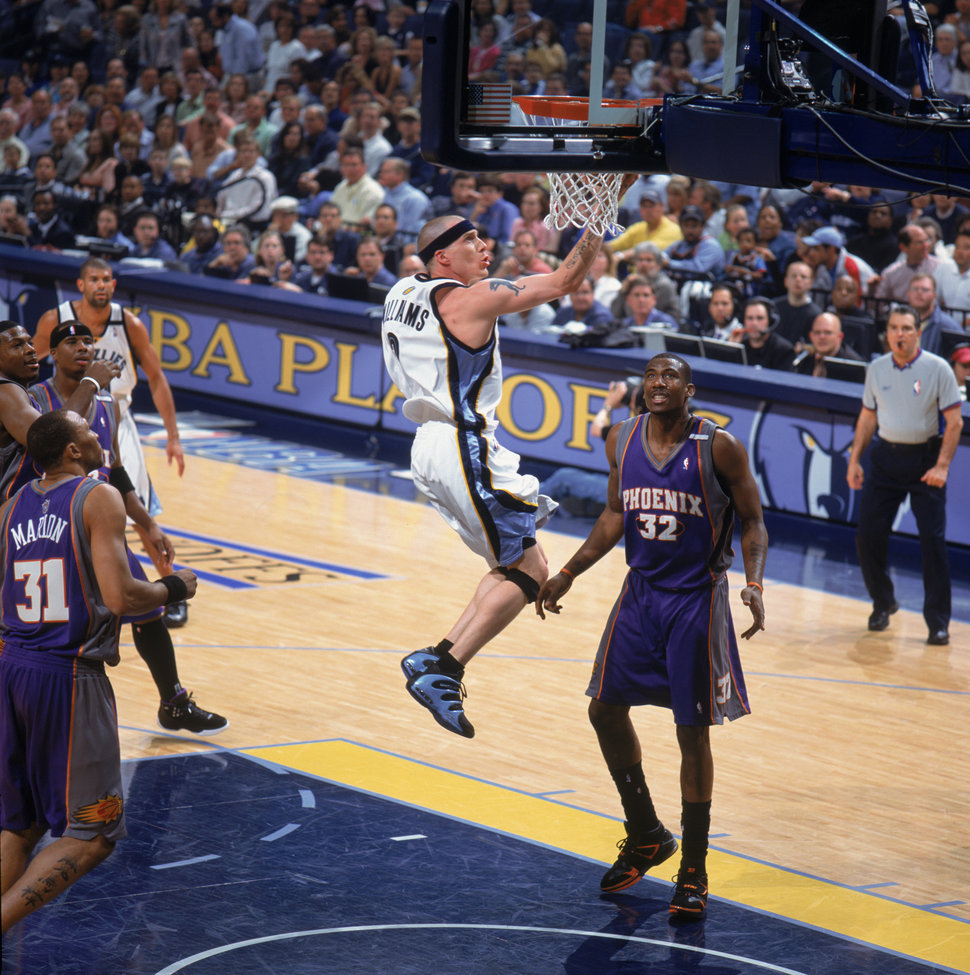
Andrew D. Bernstein via Getty Images
Jason Williams didn’t have any advantages on the court that were legislated out of basketball. At his best, Williams, whose NBA career spanned from 1998 to 2011, was a slightly-above-average point guard. But “White Chocolate,” as he is affectionately known, is significant because he created a new archetype for white, American-born players who followed him.
In the book Jump for Joy: Jazz, Basketball, and Black Culture in 1930s America, Gena Caponi-Tabery writes that white basketball originalists used derisive terms like “street ball” and “playground ball” to describe the creative style of play popularized by black players.
But a little over a half-century later, Jason Williams, a white player, made this style his signature. And in fact, Williams’ inspiration from black culture didn’t end with basketball; “White Chocolate,” as he is affectionately known, dressed, spoke and played as one might expect from a man who spent intimate time with black people, and he managed to do so in a way that didn’t seem like mockery. Jason Williams always gave the impression of someone whose personal story lay somewhere between “Hoosiers” and “Hoop Dreams,” and the NBA was better off for all the mystery that came with him.
Charles Barkley
The Barkley Rule
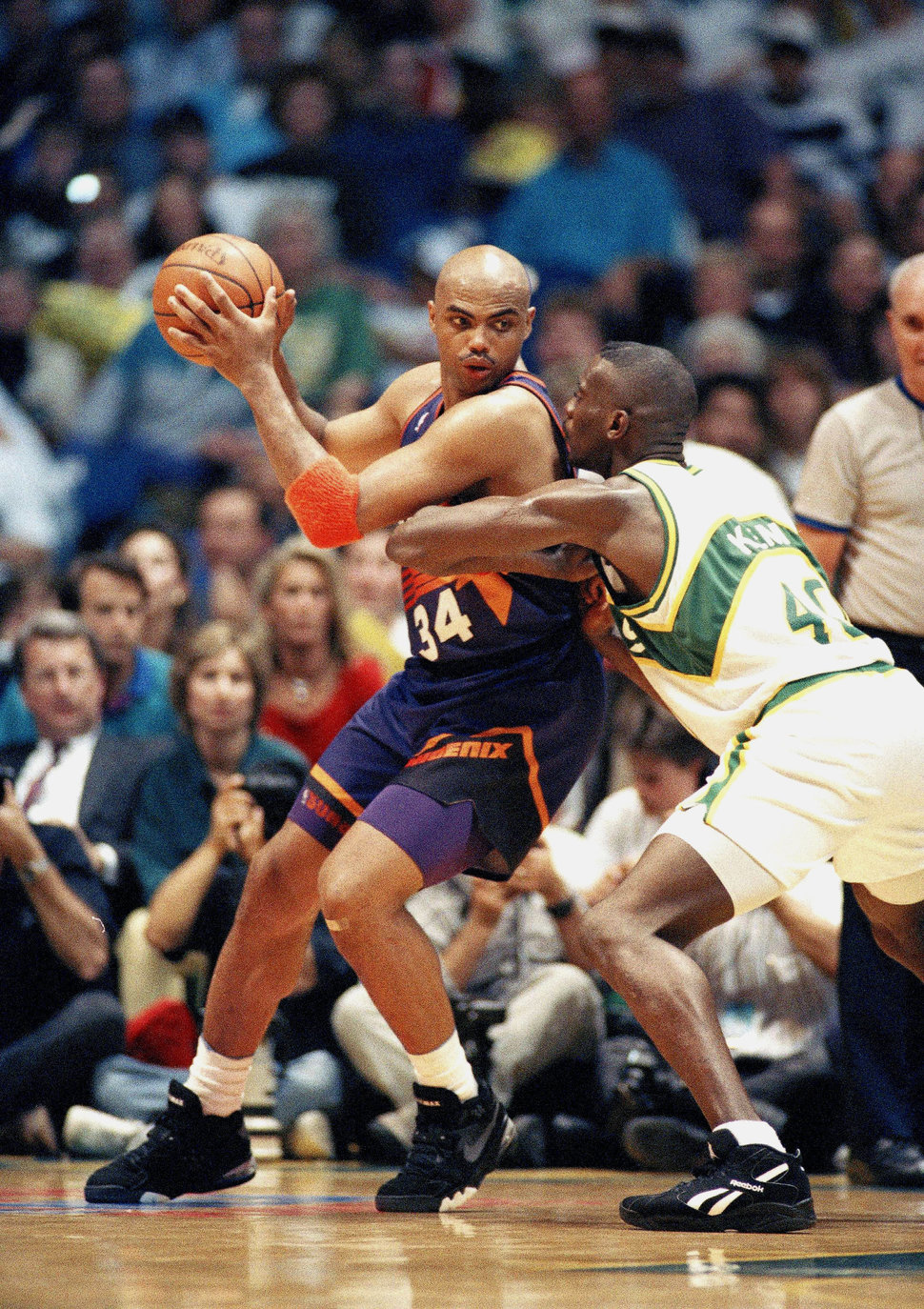
ASSOCIATED PRESS
When he was anywhere near the basket, Charles Barkley was one of the most fearsome basketball players who ever lived, and in 1999, the NBA instituted a rule in his name designed to curb a dominant skill of his. At 6’6” and 260 pounds, Barkley was able to turn his back to the basket, put the opponent on his backside, and methodically back them up beneath the rim before laying the ball into the hoop. The process was often tedious and ate up a lot of time, so, with the intent of speeding up gameplay, the NBA created the “Barkley Rule,” stating that players dribbling below the foul line can only face away from the basket for up to five seconds.
Barkley did not only change the sport on a technical level, however — he also influenced the way its athletes were viewed and covered. His plain-spokenness and willingness to criticize the NBA made him into an antihero of sorts, and in 1993, when Barkley was at the top of his career, his “I Am Not a Role Model” ad campaign for Nike criticized America’s tendency to lionize athletes.
“Just because I dunk a basketball doesn’t mean I should raise your kids,” Barkley said.
The Minnesota Lynx
Alton Sterling And Philando Castile Protests
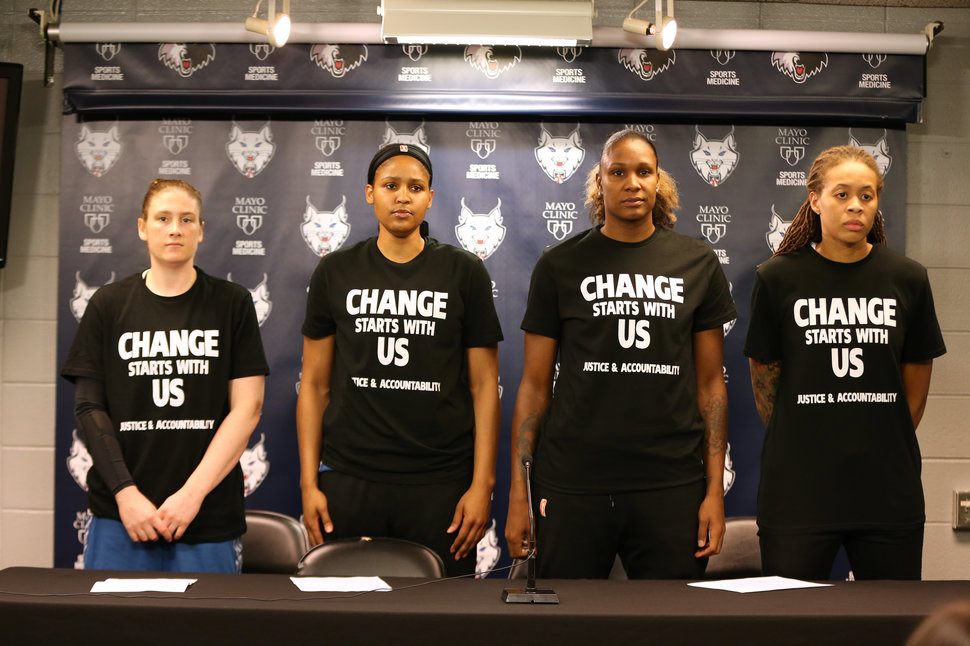
David Sherman via Getty Images
The first week of July 2016 saw both Philando Castile and Alton Sterling, two black men, killed by police. The WNBA’s Minnesota Lynx issued the clearest and most forceful condemnation of police brutality by any sports team in recent memory when, prior to a Monday night game, Maya Moore, Seimone Augustus, Lindsay Whalen, and Rebekkah Brunson held a press conference together.
“Racism and unjust fears of black males, and disregard of black females, is very real,” Brunson said. “When we look at the facts, it’s hard to deny there’s a real problem in our society.”
After the players delivered their statement, four off-duty officers scheduled to work that night’s game walked off the job. The players’ words, however, reverberated through the WNBA as other teams conducted silent protests in solidarity, despite being fined by the league. The WNBA’s wave of civic action was robust and revolutionary, predating even the NFL’s highly publicized protests against police brutality.
Wilt Chamberlain
The Ultimate Rule Breaker
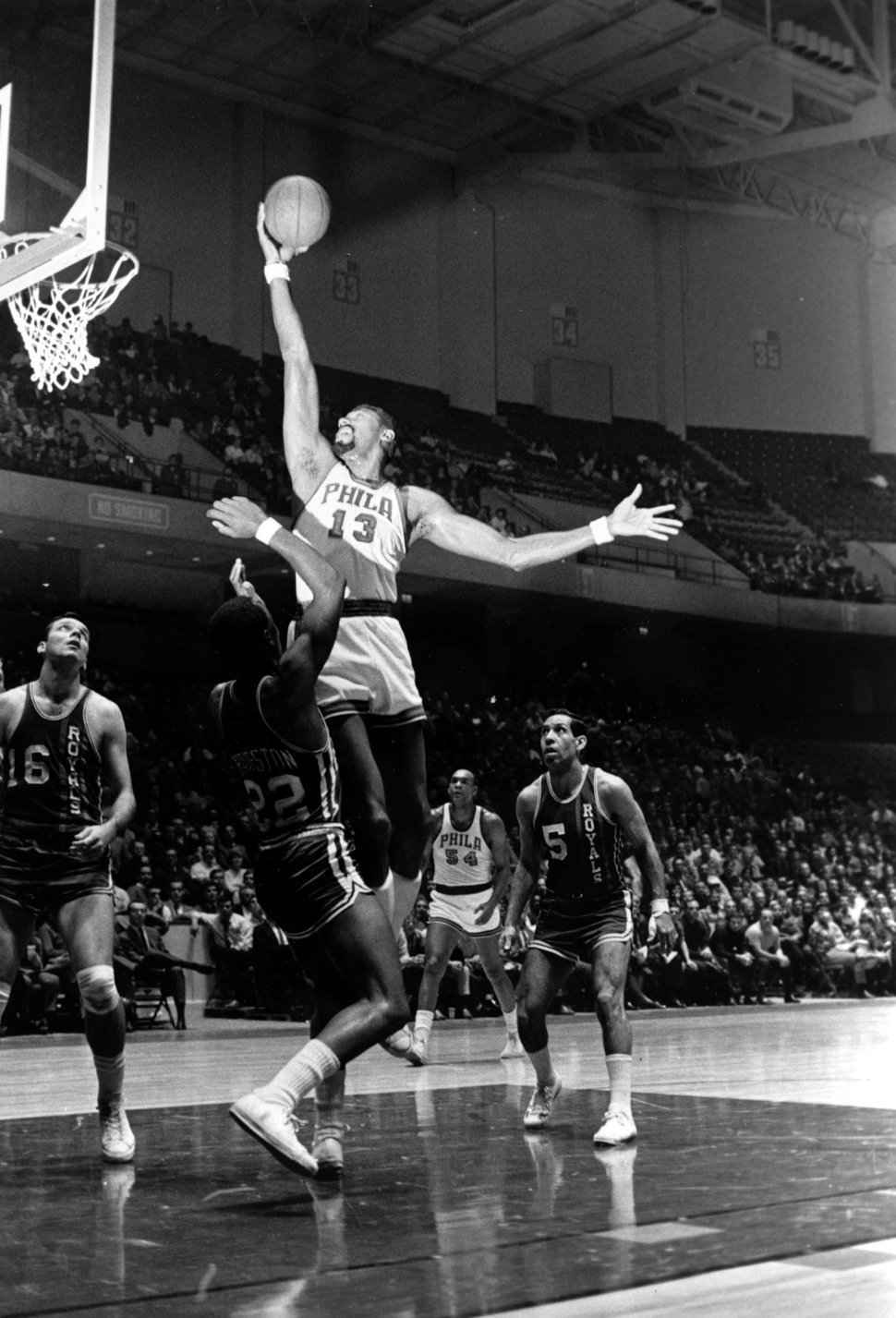
ASSOCIATED PRESS
Many of the most basic rules of modern basketball were created as counters to Wilt Chamberlain’s abilities. The single most dominant player who has ever lived, Chamberlain’s accomplishments read like video game stats. He is, of course, the only person to score 100 points in a game, but he is also the only person to have ever averaged 50 points per game for a whole season, as well as the only person to have ever recorded 55 rebounds in a game. Wilt Chamberlain was literally unstoppable, and in an effort to slow him down, the NBA changed the dimensions of the court by widening the paint and trying to keep him further from the basket. Additionally, it instituted goaltending rules that prevented him from grabbing his teammates’ shots from midair and dunking them when they were headed into the basket anyway. Simply, basketball as we know it was molded by Chamberlain’s dominance.
LeBron James
LeBron: The Mogul
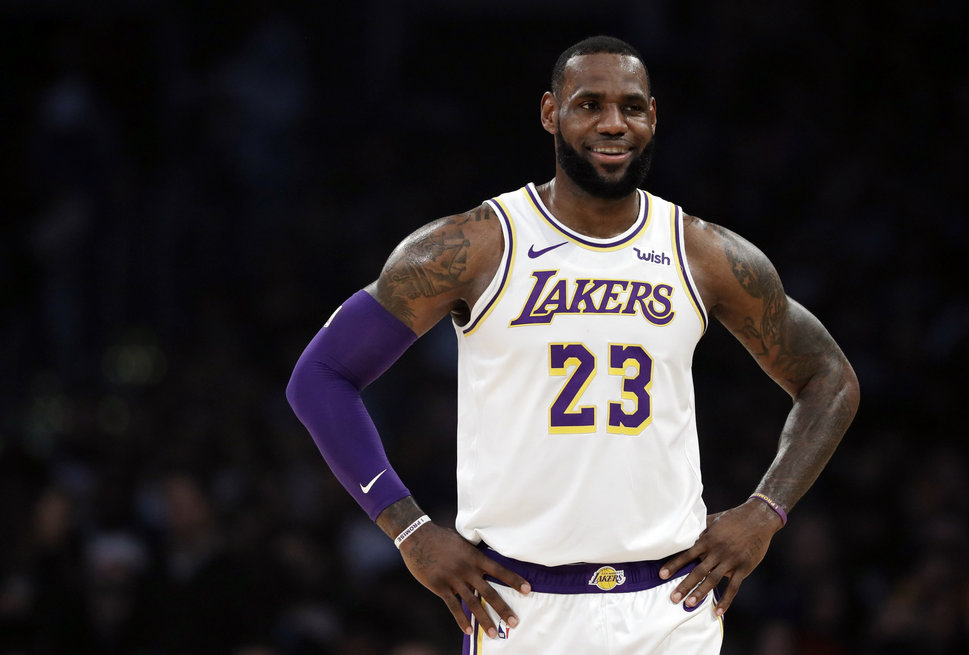
ASSOCIATED PRESS
By the time LeBron James entered the league as a 19-year-old in 2003, his coronation as heir to the NBA’s throne had been years in the making. He’d garnered magazine covers and global acclaim by his early teens, and on draft night, the Cleveland Cavaliers hoped they’d signed a native son — Akron, Ohio’s own — for life. But after playing seven years without winning a championship, James was ready to leave the team in 2010. His televised announcement that he was going to “take his talents to South Beach” and sign with the Miami Heat made him a villain in the eyes of many, but it marked the birth of LeBron James: The Mogul. In defying expectations and pursuing his own interests, James broke from a tradition of players existing as humble pawns waiting to be moved by team owners and accelerated a trend of players having more control over where they played.
[ad_2]
Source link

